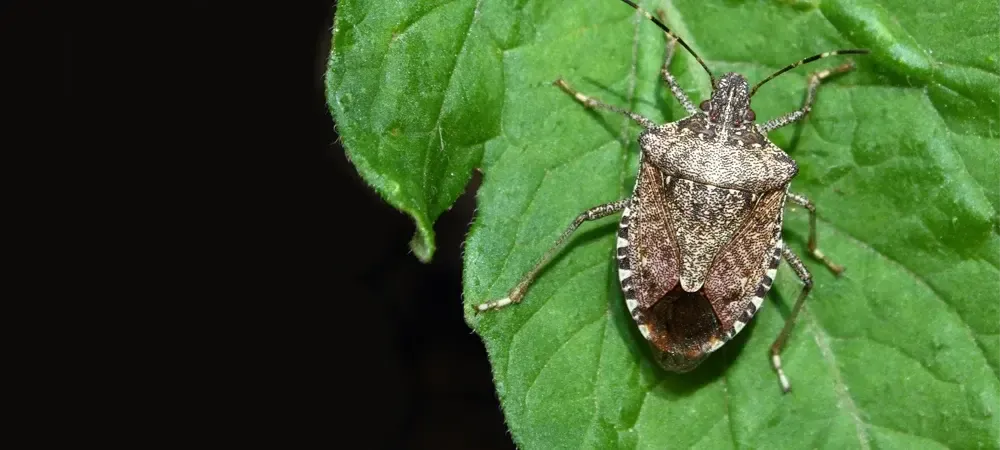Top 12 Ways to Prepare for Stink Bugs in Late Summer and Early Fall

When the heat of summer begins to fade and cooler evenings settle in, many homeowners unknowingly prepare a perfect welcome mat for one of fall’s most unpleasant guests — stink bugs. These shield-shaped insects don’t just smell bad when disturbed; they can invade in large numbers, damage gardens, and make indoor living uncomfortable.
To keep them from making your home their winter hideout, the best defense is early preparation. By acting in late summer and early fall, you can significantly reduce your chances of an infestation
Understanding the Stink Bug Problem
What Are Stink Bugs?
Stink bugs are invasive insects, most commonly the brown marmorated stink bug (Halyomorpha halys) in the U.S. They get their name from the unpleasant odor they release when crushed or threatened.
Why They Invade Homes in Late Summer and Early Fall
As temperatures drop, stink bugs look for warm, sheltered places to spend the winter. Unfortunately, cracks in siding, loose window screens, and gaps around doors make your home a perfect choice.
The Damage Stink Bugs Can Cause
While they don’t bite or sting, stink bugs can damage fruit, vegetables, and ornamental plants. Indoors, they can cause unpleasant odors, stains, and allergic reactions in sensitive individuals.
Why Late Summer Preparation is Critical
Seasonal Behavior of Stink Bugs
Stink bugs are most active in warm months but begin their migration indoors in August and September. Waiting until they’re inside makes removal harder and more expensive.
How Weather Patterns Affect Stink Bug Activity
Mild autumns can prolong their activity, while sudden temperature drops may trigger large-scale migrations into homes.
Signs of a Stink Bug Infestation
Common Indoor Warning Signs
- Spotting a few stink bugs near sunny windows or ceiling corners
- Noticing a musty odor in certain rooms
- Seeing them cluster near light fixtures at night
Outdoor Indicators You Should Watch For
- Large numbers of stink bugs on sunny walls
- Damage to fruits or vegetables in the garden
- Clusters on plants or weeds near your home
How to Prevent Stink Bugs from Entering Your Home
- Seal entry points before they move in
- Inspect windows, doors, and vents: Replace damaged screens, add a weather strip
- Check attics, basements, and crawlspaces: Look for light leaks and seal them before pests find their way in.
- Maintain your yard to reduce attraction
- Keep weeds trimmed
- Remove rotting fruit or vegetables from the ground
- Store firewood away from the house
- Use stink bug-repelling plants and scents
- Plants like lavender, garlic, and marigolds may help deter stink bugs naturally.
Natural vs. Chemical Stink Bug Prevention
Benefits of Natural Prevention Methods
Non-toxic repellents and physical barriers are safe for kids, pets, and the environment.
When to Consider Professional-Grade Treatments
If you’ve had stink bug issues in past years, a targeted chemical barrier applied by professionals at Sudden Death can prevent them from entering.
What to Do If You Already Have Stink Bugs Inside
Safe Removal Tips
Use a vacuum to collect them (dispose of the bag quickly) or gently capture and release them outdoors, far from your home.
Common Mistakes to Avoid When Handling Stink Bugs
Never crush them indoors — the odor is difficult to remove and may linger for days.
The Role of Professional Pest Control in Stink Bug Management
When to Call a Pest Control Expert
If you see dozens of stink bugs indoors, or they’ve been a recurring issue, it’s time for professional help.
How Professionals Keep Stink Bugs Out for Good
We will use integrated pest management (IPM) strategies that combine recommended sealing, habitat modification, and safe treatments.
Conclusion: Staying Ahead of Stink Bugs This Season
Stink bugs are persistent, but prevention in late summer and early fall is your best weapon. By sealing entry points, maintaining your yard, and calling in the professionals at Sudden Death when necessary, you can enjoy a pest-free home well into the winter months.
Frequently Asked Questions
Can I use DIY traps to get rid of stink bugs?
Yes, but they work best for small infestations.
Do stink bugs cause harm to people or pets?
They don’t bite or sting, but can trigger mild allergic reactions in sensitive individuals.
How do stink bugs get inside homes?
They enter through small cracks, vents, and openings around doors, windows, and roofs.
What attracts stink bugs to certain homes?
Warmth, light, and access to food sources.
What’s the best time to treat for stink bugs?
Late summer to early fall, before they move indoors.
Will stink bugs go away on their own?
Not usually. They stay indoors until spring unless removed.
